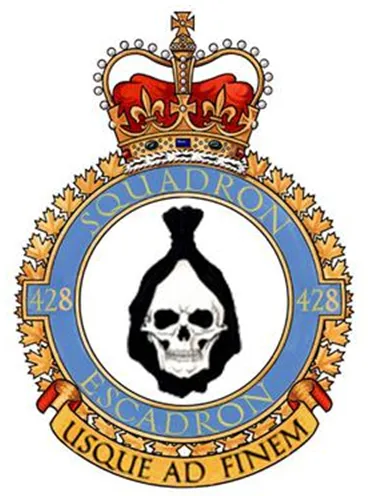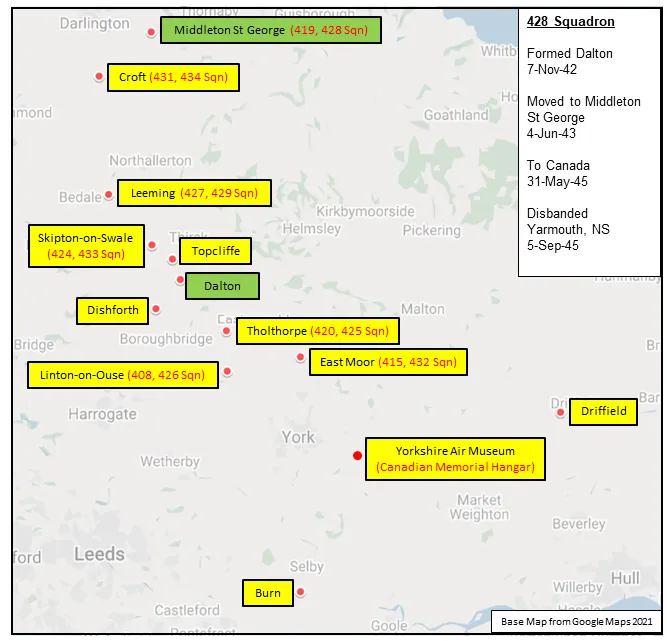Avro Lancaster

Canadian Warplane Heritage Museum
The Avro Lancaster is a British Second World War heavy bomber. It was designed and manufactured by Avro as a contemporary of the Handley Page Halifax, both bombers having been developed to the same specification, as well as the Short Stirling, all three aircraft being four-engined heavy bombers adopted by the Royal Air Force (RAF) during the same wartime era.
The Lancaster has its origins in the twin-engine Avro Manchester which had been developed during the late 1930s in response to the Air Ministry Specification P.13/36 for a capable medium bomber for "world-wide use". Originally developed as an evolution of the Manchester (which had proved troublesome in service and was retired in 1942), the Lancaster was designed by Roy Chadwick and powered by four Rolls-Royce Merlins and in one version, Bristol Hercules engines. It first saw service with RAF Bomber Command in 1942 and as the strategic bombing offensive over Europe gathered momentum, it was the main aircraft for the night-time bombing campaigns that followed. As increasing numbers of the type were produced, it became the principal heavy bomber used by the RAF, the Royal Canadian Air Force (RCAF) and squadrons from other Commonwealth and European countries serving within the RAF, overshadowing the Halifax and Stirling. Wikipedia
CASPIR Aircraft Groups:
RCAF On Strength (234), RCAF 6 Group (5), RCAF 400 Squadron (7), Canadian Aircraft Losses (1732)Lancaster Mk.X KB751
 Q
Q
Served with No. 428 (B) Squadron, RCAF, coded "NA*Q". Attacked by Me 110 over Caen on 7/8 August 1944, slight damage to transparencies. Failed to return from operation over Stettin on 17 August 1944. Shot down by Ju88, crashed into Baltic Sea 2 nautical miles south west of the Island of Sejero, Denmark. Six crewman killed, buried in Denmark. Flight Sergeant Robert E. Toomey, the flight engineer, survived and taken prisoner the following day on Sejero.
1944-08-17 Failed to Return failed to return from operation over Stettin, crashed into Baltic Sea. 2019-08-20






 Wartime Diary of Robert E. Toomey-The Crew of Lancaster KB751
Wartime Diary of Robert E. Toomey-The Crew of Lancaster KB751 Ottawa, Ontario
Ottawa, Ontario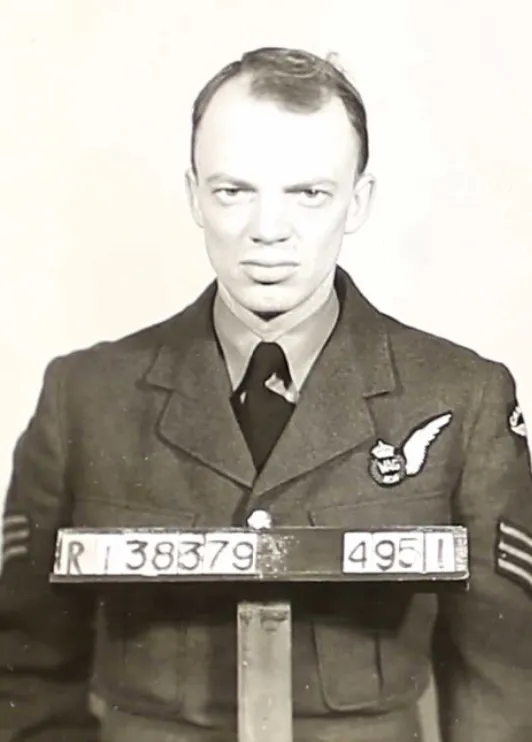

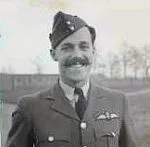

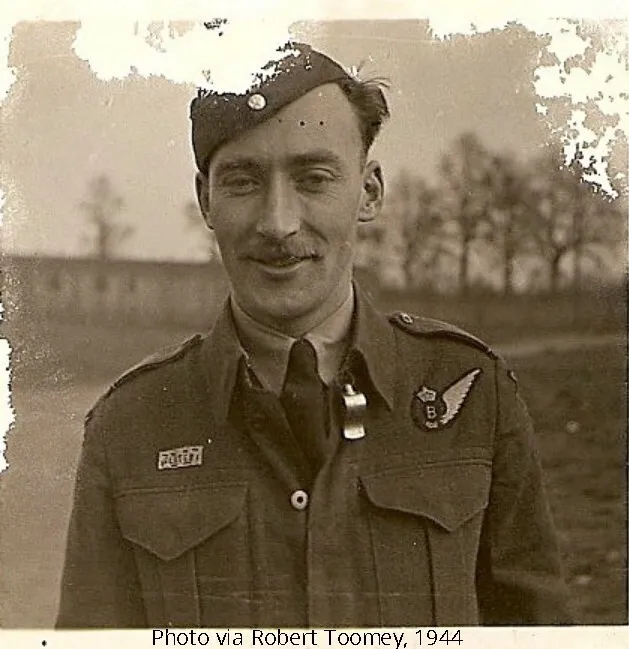
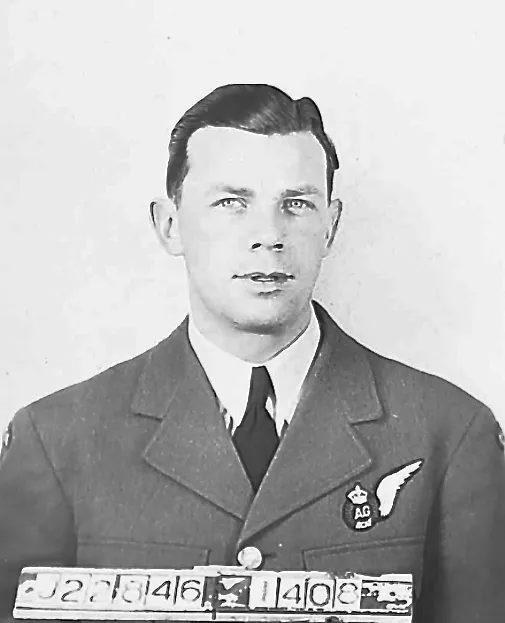
 Lancaster Bomber
Lancaster Bomber Wikipedia
Wikipedia